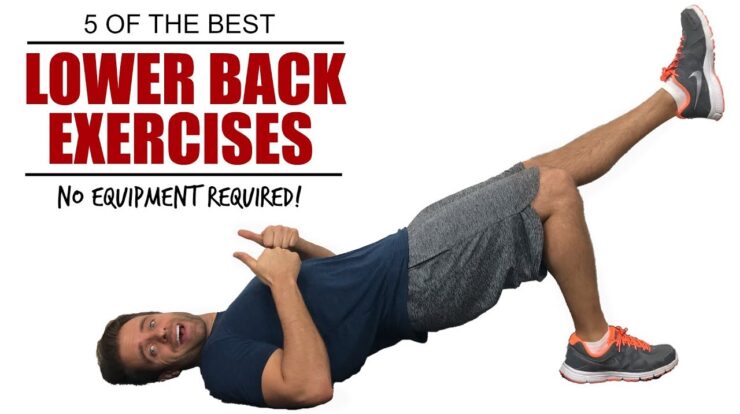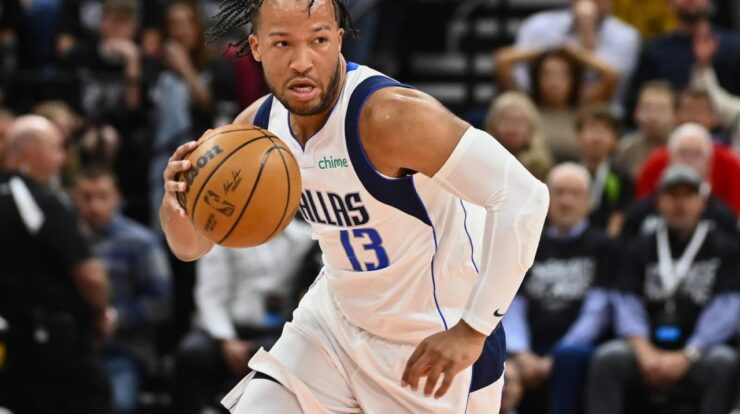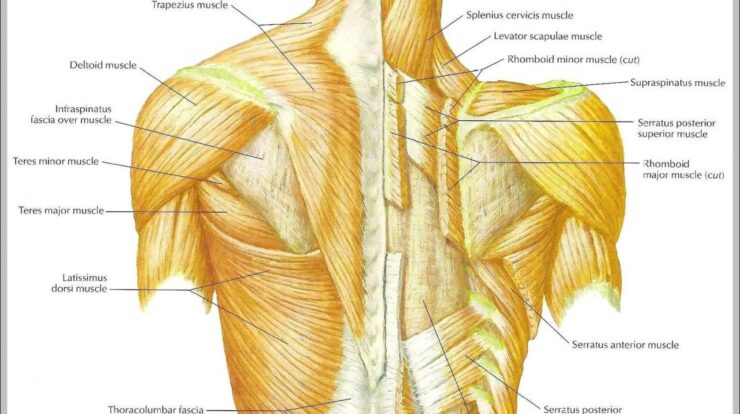
Back muscles, often overlooked yet indispensable, play a pivotal role in our daily lives. From maintaining proper posture to enabling a wide range of movements, these muscles deserve a closer examination. Join us as we delve into the anatomy, functions, and importance of back muscles.
Back muscles encompass a complex network of muscles located in the posterior region of the body. Their primary functions include supporting the spine, stabilizing the trunk, and facilitating movement of the shoulders, arms, and head.
Back Muscles
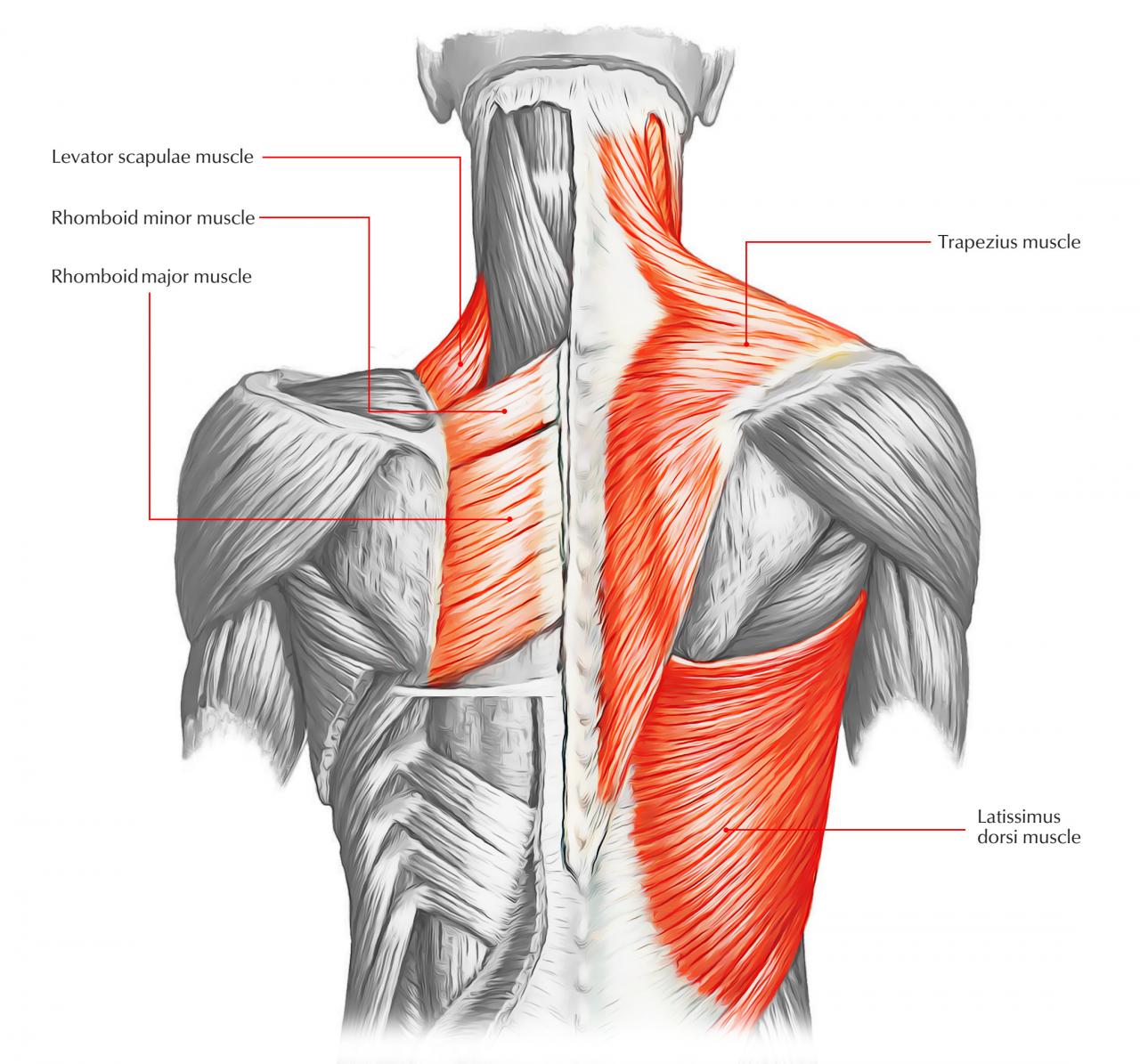
Back muscles, also known as the posterior muscles, are a group of muscles that run along the back of the body, from the base of the skull to the pelvis. These muscles play a crucial role in maintaining posture, supporting the spine, and facilitating movement.
The primary functions of back muscles include:
- Maintaining an upright posture
- Supporting and stabilizing the spine
- Facilitating movements such as bending, twisting, and rotating the trunk
- Protecting the spinal cord and other structures in the back
Types of Back Muscles
Back muscles can be classified into several groups based on their location and function. The major groups of back muscles include:
- Superficial muscles:These muscles are located close to the surface of the back and are primarily responsible for posture and movement.
- Deep muscles:These muscles are located deeper in the back and play a more significant role in stabilizing the spine.
- Intrinsic muscles:These muscles are located within the spine and are responsible for fine movements of the vertebrae.
Some of the most important back muscles include the trapezius, latissimus dorsi, erector spinae, and rhomboids.
Strengthening Back Muscles
Regular exercise is essential for maintaining strong and healthy back muscles. A comprehensive back muscle strengthening program should include exercises that target all the major muscle groups.
Some effective back muscle strengthening exercises include:
- Rows:Rows are compound exercises that work multiple back muscles, including the latissimus dorsi, trapezius, and rhomboids.
- Pull-ups:Pull-ups are another compound exercise that targets the latissimus dorsi, biceps, and back muscles.
- Deadlifts:Deadlifts are a full-body exercise that works the back muscles, as well as the legs, glutes, and core.
- Back extensions:Back extensions are isolation exercises that specifically target the erector spinae muscles.
Back Muscle Injuries
Back muscle injuries are common and can range from mild strains to severe tears. Common causes of back muscle injuries include:
- Overuse
- Poor posture
- Trauma
- Lifting heavy objects
- Sudden movements
Symptoms of back muscle injuries can include:
- Pain
- Stiffness
- Muscle spasms
- Weakness
- Numbness or tingling
Back Muscle Anatomy
The back muscles are a complex network of muscles that work together to support and move the spine. The major back muscles include:
- Trapezius:The trapezius is a large, triangular muscle that extends from the base of the skull to the middle of the back. It is responsible for shrugging the shoulders and rotating the head.
- Latissimus dorsi:The latissimus dorsi is a large, flat muscle that covers the lower back and sides. It is responsible for pulling the arms down and back.
- Erector spinae:The erector spinae is a group of muscles that run along the length of the spine. They are responsible for extending the spine and maintaining an upright posture.
- Rhomboids:The rhomboids are a group of muscles that connect the shoulder blades to the spine. They are responsible for retracting the shoulder blades and rotating the arms.
Back Muscle Rehabilitation
Rehabilitation for back muscle injuries typically involves a combination of rest, ice, compression, and elevation (RICE). In some cases, physical therapy may be necessary to restore muscle function and range of motion.
Physical therapy for back muscle injuries may include:
- Stretching
- Strengthening exercises
- Massage
- Heat or cold therapy
- Electrical stimulation
Back Muscle Physiology
Back muscles, like all other muscles in the body, contract and relax to produce movement. The contraction of back muscles is triggered by nerve impulses that travel from the brain to the muscles.
The energy for muscle contraction comes from adenosine triphosphate (ATP). ATP is produced through the breakdown of glucose in the presence of oxygen (aerobic respiration) or in the absence of oxygen (anaerobic respiration).
The molecular mechanisms of back muscle development are complex and involve a variety of proteins and hormones. These proteins and hormones work together to regulate muscle growth, repair, and recovery.
Outcome Summary
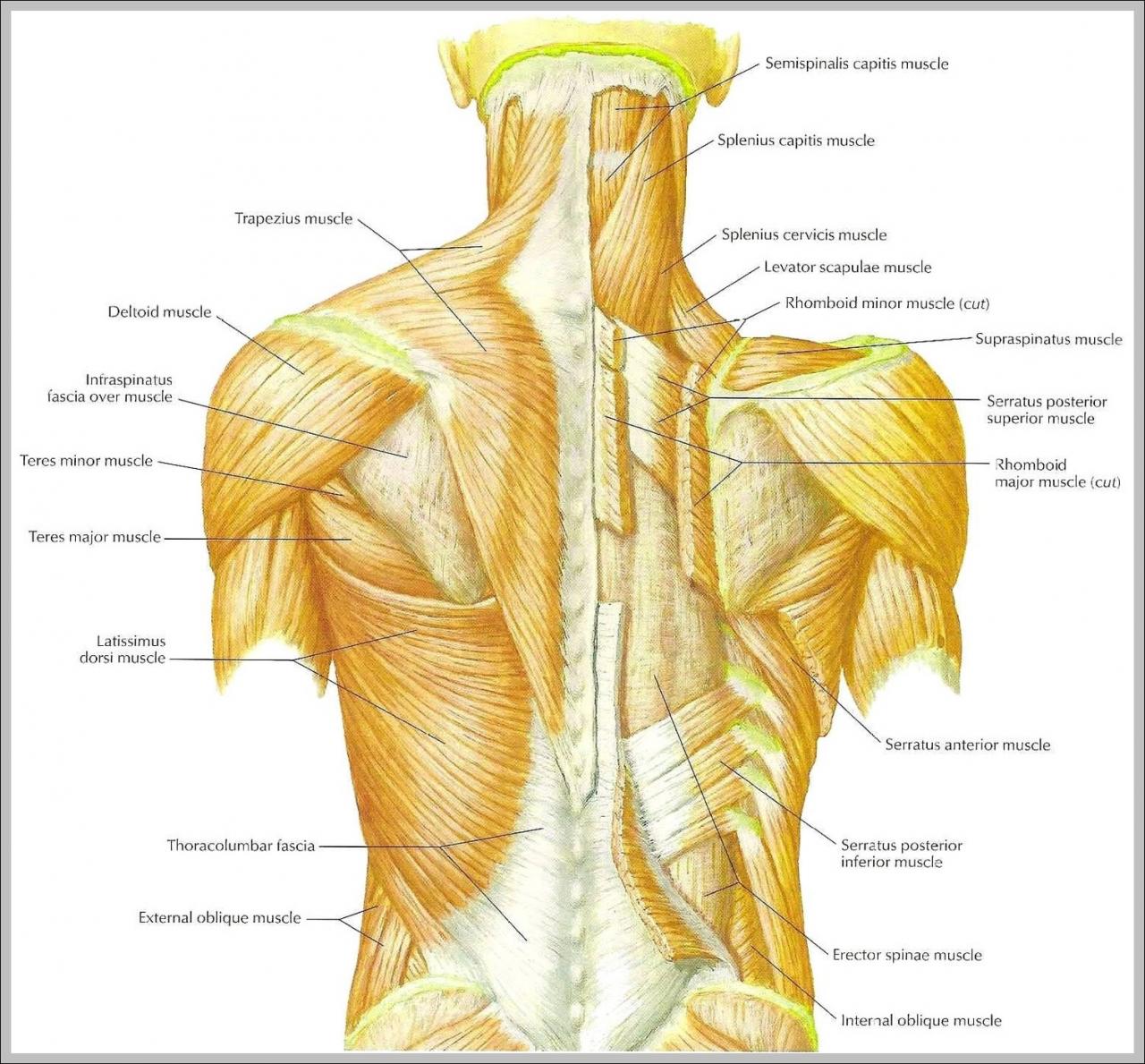
In conclusion, back muscles are essential for maintaining a healthy and active lifestyle. By understanding their anatomy, functions, and proper care, we can appreciate their significance and take proactive steps to prevent injuries and optimize their performance.
Frequently Asked Questions
What are the most common back muscle injuries?
Strains, sprains, and herniated discs are among the most prevalent back muscle injuries.
How can I strengthen my back muscles?
Regular exercises such as rows, pull-ups, and back extensions can effectively strengthen back muscles.
What are the benefits of strong back muscles?
Strong back muscles improve posture, reduce the risk of injuries, and enhance overall physical performance.
